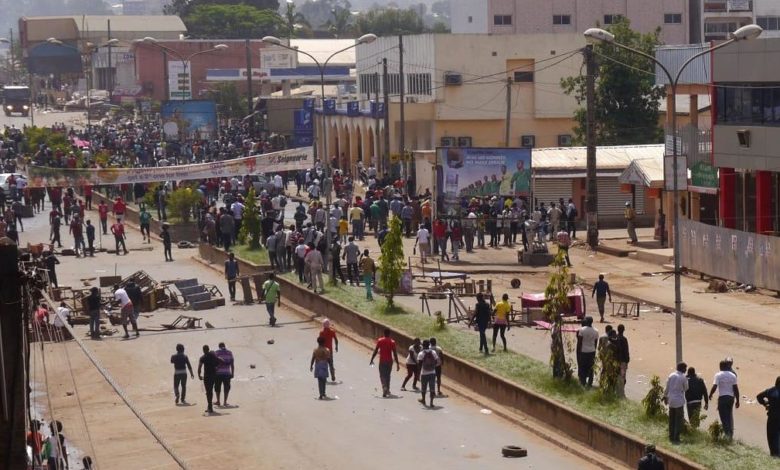New UN report: Proposed policy options to end mass atrocities in NW and SW

At a time when the strategies used by the Cameroon government and policymakers to end the six-year armed conflict in the two English-speaking regions of the country have proven ineffective, a new approach is being proposed to mitigate the atrocities being perpetrated.
A report published by the UN with reference to the Simon-Skjodt Center indicates that the atrocities in the country can be managed by using a number of researched tools for atrocity prevention.
In May 2023, the Simon-Skjodt Center released a brief, summarizing previous policy responses, with the discussion of potential perpetrators prevented from committing mass atrocities appearing to be one of the key strategies.
The center pointed out that there are a number of strides that signal hope, but which will need an extra effort.
It cited the Swiss-mediated peace talks from which Cameroon, unfortunately, pulled out in September 2022, as well as the facilitation of the peace process agreed to by the Cameroon government and several separatist groups, as announced by Canada in January 2023.
After extensive research, the Simon-Skjodt Center is proposing some tools to practitioners, especially policymakers and non-governmental advocates, on ways to end atrocities during conflicts such as the one rocking the English-speaking regions of Cameroon.
The tools include; Arms Embargoes, Comprehensive Economic Sanctions, Development Assistance, Diplomatic Sanctions, Mediation, Naming and Shaming, Official Amnesties, Peace Operations, Prosecutions, Security Assistance, and Targeted Sanctions among others which are still under research.
The Simon-Skjodt Center has also underscored the need for a re-energized US and international policy action to halt atrocities.
The crisis in the North West and South West regions of Cameroon started in 2016, with teachers and lawyers protesting against the imposition of the French system on them. During the six-year conflict, over 6000 persons have been killed, with 600,000 persons displaced.




